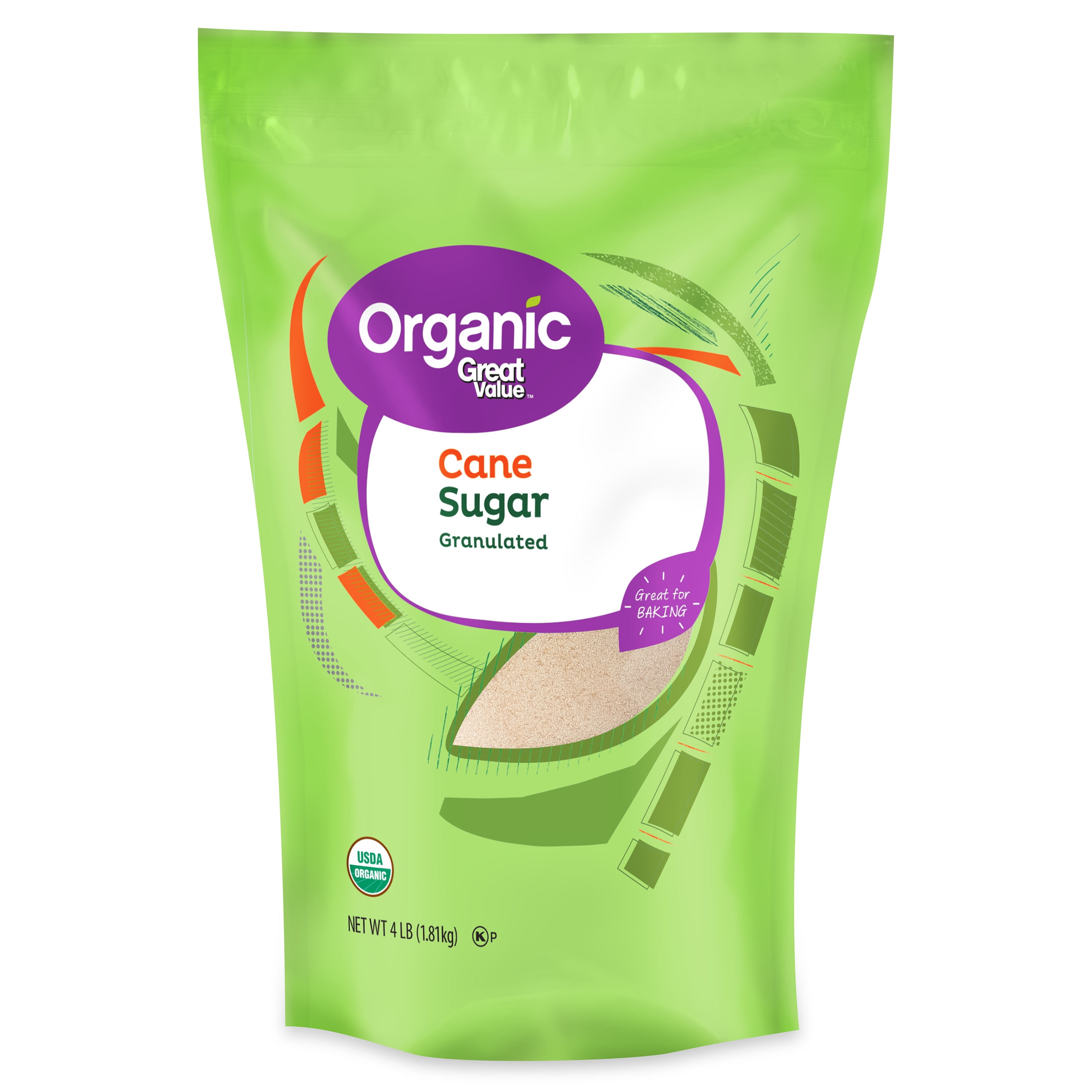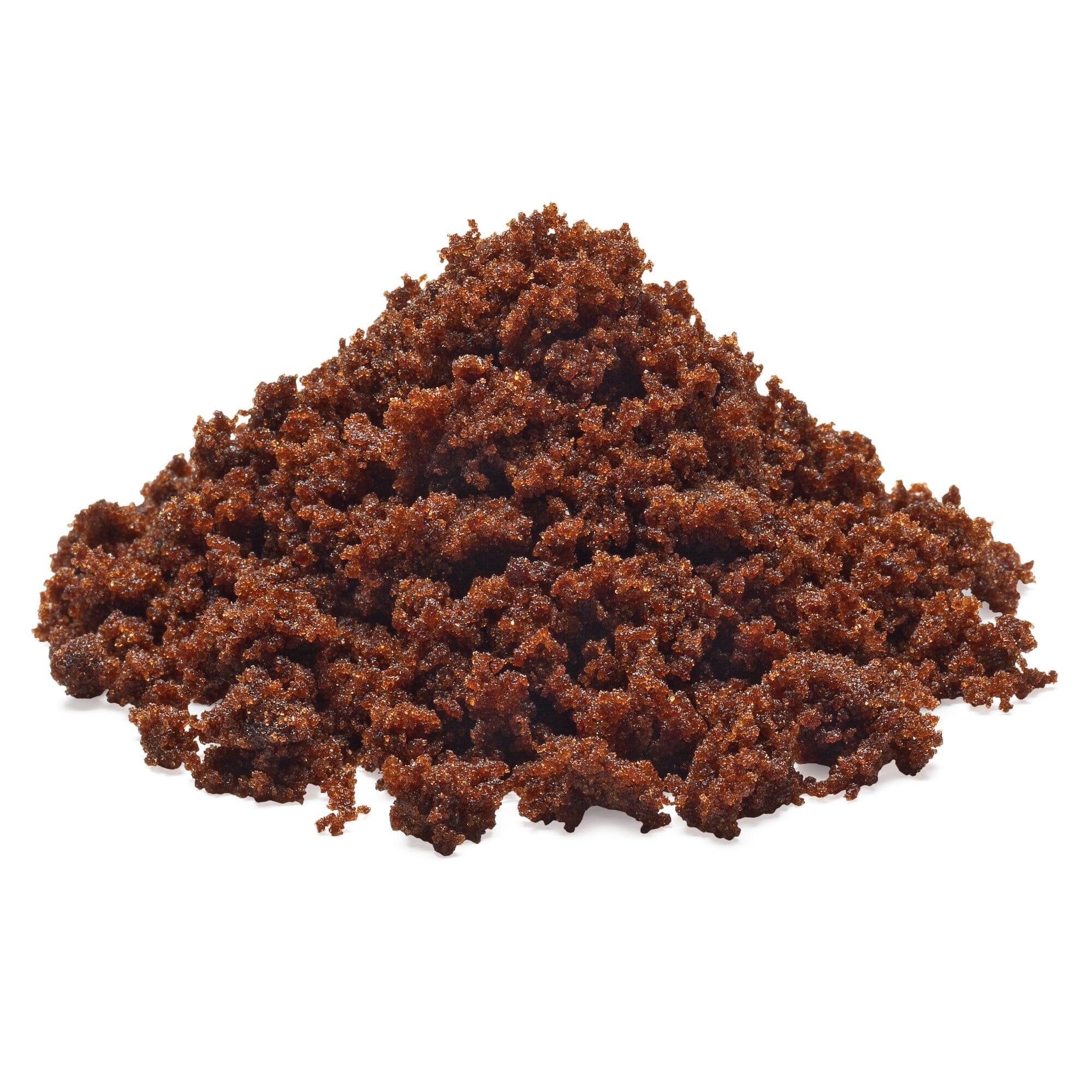Cane Sugar Processing: Standard Approaches and Modern Innovations
A Comprehensive Guide to the Environmental Impact and Sustainability Practices in Cane Sugar Processing
The environmental effect of walking stick sugar handling offers a complex range of challenges that warrant cautious exam. From dirt destruction and too much water use to the carbon impact connected with growing and manufacturing, the repercussions of standard methods are significant. In comparison, the adoption of ingenious sustainability steps supplies a path towards much more accountable production methods. Recognizing the interaction in between these problems is vital for stakeholders in the sector. What specific techniques can be applied to strike an equilibrium in between efficiency and environmental stewardship? The responses depend on a closer look at both the challenges and possible options.
Introduction of Cane Sugar Processing
Cane sugar handling involves a collection of systematic actions that change sugarcane into polished sugar. At first, collected sugarcane is transported to refining centers, where it goes through cleansing to eliminate soil and debris. Following this, the walking stick is squashed to remove juice, which is then clarified by getting rid of pollutants via heating and the addition of lime.
The made clear juice undertakes evaporation, where water is removed to focus the sugar content. These crystals are divided from the remaining syrup utilizing centrifugation, resulting in raw sugar.
The end product is after that dried and packaged for distribution. Throughout this entire procedure, maintaining effectiveness and quality assurance is important to make sure the sugar fulfills sector criteria. Each action in cane sugar processing not only adds to the final product however likewise has ramifications for resource use and waste generation, setting the stage for discussions on sustainability and environmental impacts connected with sugar production.
Environmental Challenges of Production
The production of walking cane sugar offers numerous substantial ecological obstacles that warrant focus. One key problem is the extensive use of agrochemicals, consisting of plant foods and pesticides, which can cause soil deterioration, biodiversity loss, and contamination of local water sources. The drainage from sugarcane areas commonly brings these chemicals into neighboring communities, interrupting aquatic life and influencing the wellness of neighborhoods reliant on these water bodies.
Another obstacle is the high power consumption related to sugarcane handling. The boiling and refining stages require significant warm, mainly generated by melting nonrenewable fuel sources, contributing to greenhouse gas exhausts. Furthermore, the expansive acreage required for sugarcane farming can cause deforestation and environment damage, further aggravating climate change and harmful wildlife.
In addition, the labor techniques in some regions elevate honest concerns, as employees might deal with poor working problems and poor wages. This scenario often perpetuates a cycle of poverty in local communities. Cane Sugar Processing. Resolving these ecological difficulties is important for developing a lot more lasting methods in walking cane sugar production, eventually profiting both the environment and the neighborhoods associated with this industry
Water and Land Use Effect
Water resources and land application are crucial elements in the walking cane sugar industry that considerably impact the setting. The growing of sugarcane calls for substantial water input, with estimates suggesting that it can eat approximately 2,000 liters of water per kilogram of sugar produced. This intensive usage of water often causes deficiency of neighborhood water sources, affecting not only the sugarcane plantations yet likewise surrounding communities and areas that rely upon the same water sources for agriculture and domestic usage.

Furthermore, land usage for sugarcane cultivation can bring about deforestation and the conversion of all-natural environments into monoculture ranches. This technique decreases biodiversity, interferes with local ecological communities, and contributes to dirt destruction. The expansion of sugarcane areas often intrudes on valuable agricultural land, developing competition for resources in between food and biofuel manufacturing.
Sustainable methods, such as enhancing watering techniques and carrying out plant rotation, are vital to reduce these effects. By taking on more efficient water usage and land monitoring approaches, the cane sugar market can minimize its eco-friendly footprint, making sure an equilibrium in between agricultural productivity and environmental preservation.
Greenhouse Gas Emissions
Greenhouse gas discharges stand for a substantial ecological issue within the walking stick sugar processing sector, specifically as agricultural techniques expand to satisfy worldwide need. The farming of sugarcane, a plant that prospers web link in exotic environments, counts heavily on artificial plant foods and chemicals, which add to laughing gas emissions. Additionally, land-use changes, including deforestation for brand-new sugarcane haciendas, release co2 stored in greenery and soil.
During processing, power usage is one more major source of greenhouse gas exhausts - Cane Sugar Processing. Many sugar mills utilize fossil gas to power machinery and produce warm, resulting in significant carbon footprints. Moreover, the transportation of raw sugarcane and finished items adds layers of exhausts with fuel burning in cars
This involves examining current agricultural methods, refining methods, and transportation systems to determine locations for improvement and reduction. Addressing greenhouse gas emissions is necessary for cultivating a more sustainable walking stick sugar sector in a transforming climate.

Lasting Practices and Innovations
Lasting methods and innovations are significantly crucial in the cane sugar handling industry as stakeholders look for to decrease ecological impacts while keeping productivity. One substantial development is the execution of incorporated crop administration, which maximizes resource usage by combining dirt management, parasite control, and plant rotation strategies. This method boosts yield while reducing chemical inputs and maintaining dirt wellness.
Additionally, the fostering of renewable resource resources, such as biomass from sugarcane residues, has acquired grip - Cane Sugar Processing. By converting waste items right into energy, processing centers can reduce their reliance on fossil fuels, consequently lowering greenhouse gas discharges
Water monitoring techniques have likewise seen renovations through the recycling and reusing of water in processing plants, dramatically reducing freshwater consumption. Advancements in modern technology, such as precision agriculture, allow farmers to keep an eye on plant wellness and resource usage better, making certain lasting farming practices.
Furthermore, accreditation programs like Fair Trade and Jungle Alliance motivate ecologically accountable farming techniques and advertise social equity within the supply chain. By accepting these lasting methods and advancements, the walking cane sugar processing industry can enhance its resilience and contribute positively to environmental stewardship.
Conclusion
The ecological influence of walking cane sugar handling offers substantial obstacles, consisting of dirt deterioration, high water consumption, and greenhouse gas exhausts, alongside moral issues connected to labor methods. Dealing with these issues through lasting methods, such as integrated crop monitoring, eco-friendly power adoption, and water recycling, is crucial. By advertising ecologically accountable and socially equitable methods in sugar manufacturing, the market can mitigate its damaging impacts, guaranteeing a more lasting future his comment is here for both ecological communities and areas associated with this market.
Cane sugar handling includes a collection of methodical steps that change sugarcane into polished sugar. Each step in walking cane sugar processing not just contributes to the final item but additionally has ramifications for source use and waste generation, establishing the stage for conversations on sustainability and environmental influences associated with sugar manufacturing.
Greenhouse gas emissions stand for a significant ecological issue within the walking stick sugar handling market, specifically as agricultural methods expand to satisfy international demand.Lasting methods and innovations are progressively vital in the walking stick sugar handling industry as stakeholders seek to lower environmental effects while check out this site keeping productivity.The environmental influence of cane sugar processing provides substantial challenges, including dirt destruction, high water consumption, and greenhouse gas discharges, along with moral concerns associated to labor techniques.